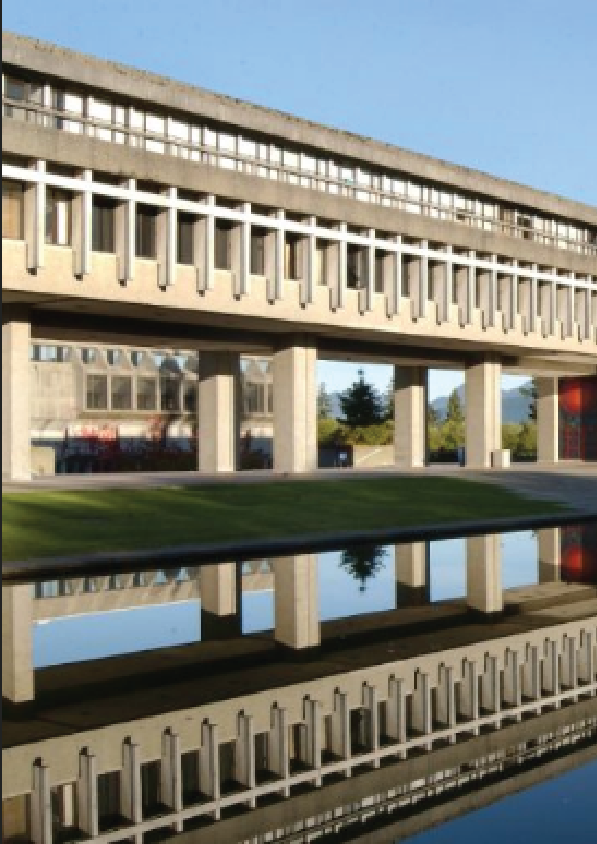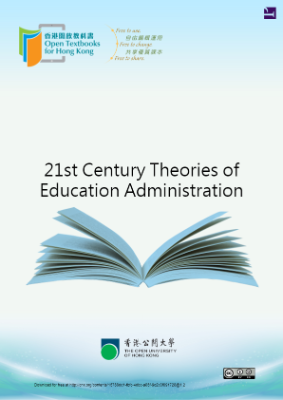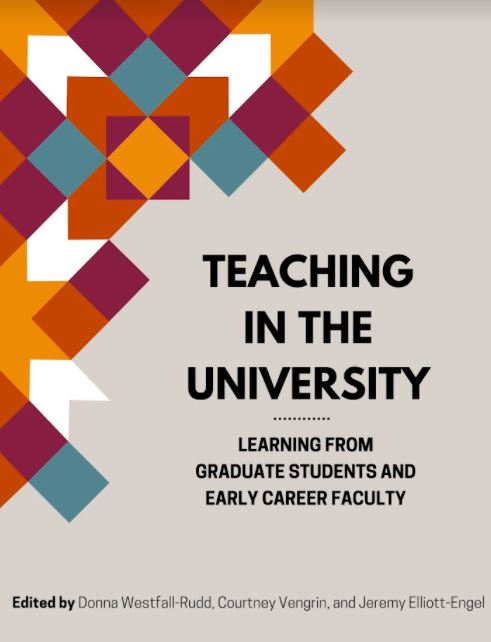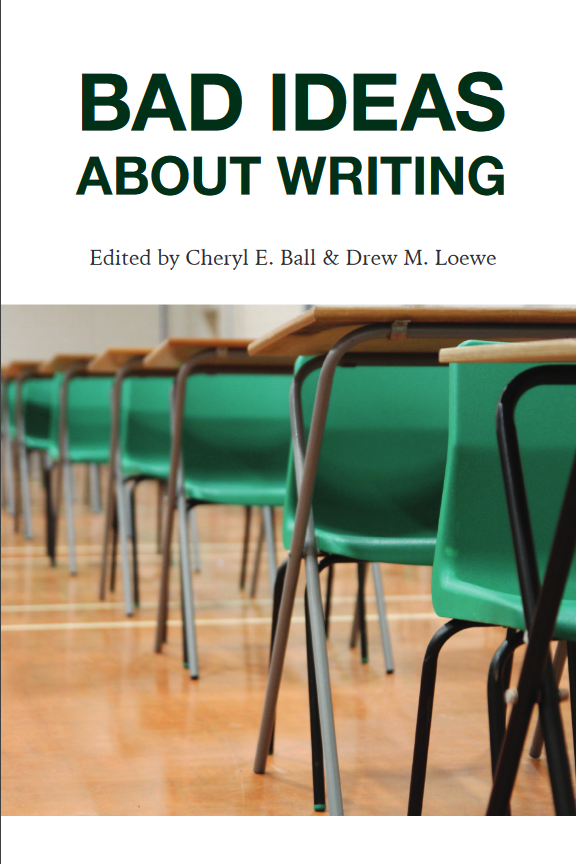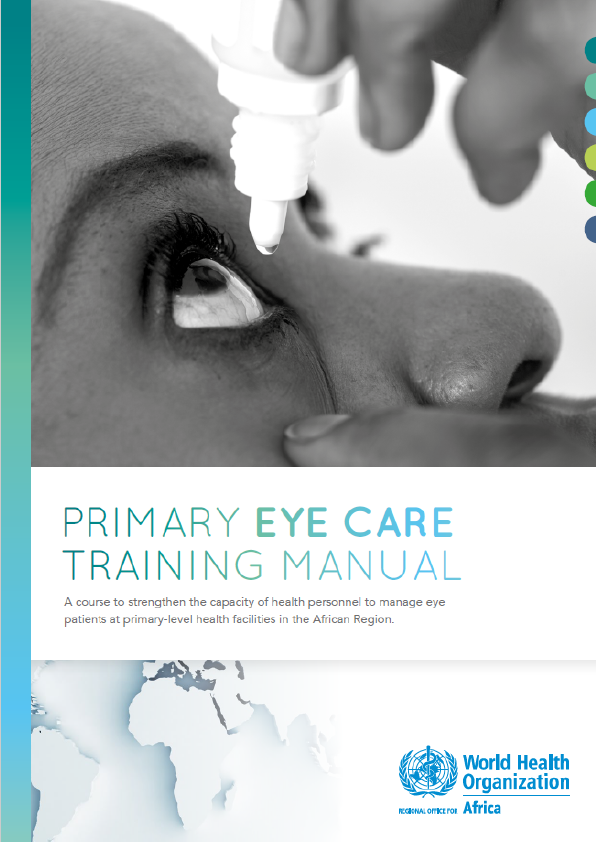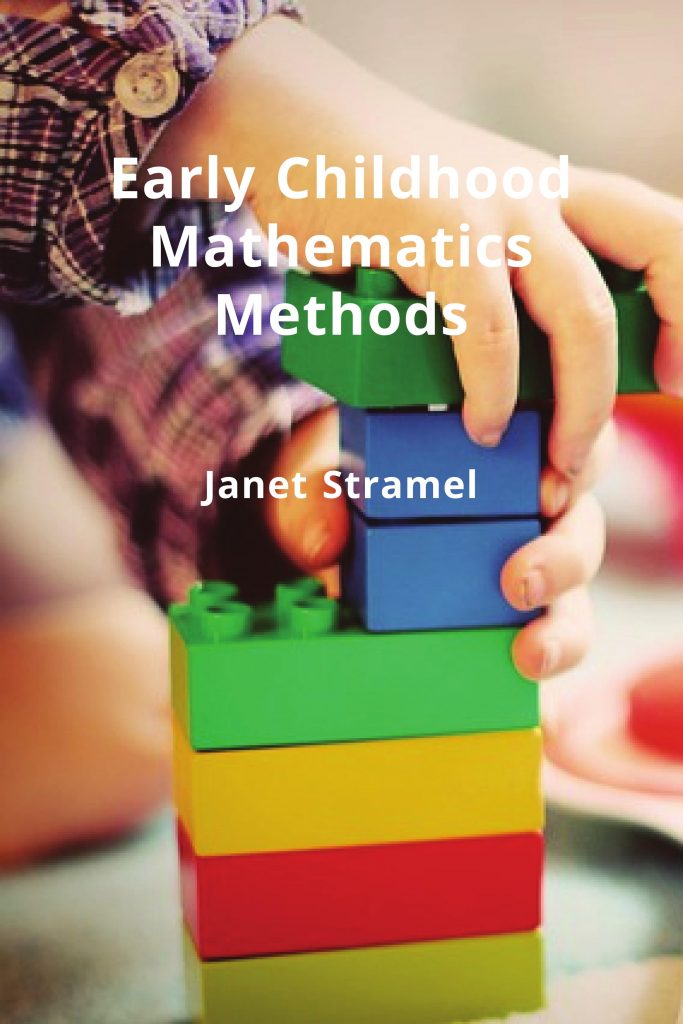Jennifer Kirkey and Open Textbooks
Looking up at the sky as a child, I was fascinated by the stars. The local library supplied a book on the constellations, and that led to a book explaining why the stars were different colours, and that led to a book on physics. I kept asking questions and that led me to a Bachelor of Science degree in Physics from Trent University in Peterborough, Ontario, Canada and then to a Master’s degree in Physics from Simon Fraser University in Burnaby, British Columbia, Canada.
I have been working at Douglas College in New Westminster, British Columbia, Canada for more than twenty-five years. I teach a first year course in astronomy to liberal arts majors and physics to people whose background is no physics in high school to those who want to be engineers. I also teach in a post-graduate program for Elementary School Teachers.
I volunteer with our local science centre, Science World at Telus World of Science in Vancouver, B.C., doing outreach visits to elementary and secondary schools, as well as being active with the local branch of the Royal Astronomical Society of Canada.
Open textbooks became a cause of mine as I found more and more of my students could not afford the “required” textbook. BCcampus organized an Open Textbook Summit in 2015 and the keynote speaker, Rajiv Jhangiani from Kwantlen Polytechnic University was so inspiring that I became a BCcampus Faculty Fellow as an Advocate for Open Textbooks in 2016. I do wish to thank BCcampus for their work with open educational resources such as this textbook, and for the opportunities they have given me. You can learn more about them by visiting https://bccampus.ca/
Being able to modify a textbook so that it better matched our courses was the next logical step. This book is the start of the process.
Here is a picture I took at the start of the semester in September 2016. This bulletin board is located outside our college’s bookstore. Students who clearly did not need their old textbooks, or who needed the money to buy new ones, put up posters in an attempt to sell their old books. I do hope that you find this textbook useful and worth keeping. Please tell us what worked for you in this book, and what did not. We have the legal ability to change the book and your feedback will help us.
About OpenStax
OpenStax is a non-profit organization committed to improving student access to quality learning materials. Our free textbooks are developed and peer-reviewed by educators to ensure they are readable, accurate, and meet the scope and sequence requirements of modern college courses. Unlike traditional textbooks, OpenStax resources live online and are owned by the community of educators using them. Through our partnerships with companies and foundations committed to reducing costs for students, OpenStax is working to improve access to higher education for all. OpenStax is an initiative of Rice University and is made possible through the generous support of several philanthropic foundations.
About This Book
Welcome to College Physics, an OpenStax resource created with several goals in mind: accessibility, affordability, customization, and student engagement—all while encouraging learners toward high levels of learning. Instructors and students alike will find that this textbook offers a strong foundation in introductory physics, with algebra as a prerequisite. It is available for free online and in low-cost print and e-book editions.
To broaden access and encourage community curation, College Physics is “open source” licensed under a Creative Commons Attribution (CC-BY) license. Everyone is invited to submit examples, emerging research, and other feedback to enhance and strengthen the material and keep it current and relevant for today’s students. You can make suggestions by contacting us at info@openstaxcollege.org.
To the Student
This book is written for you. It is based on the teaching and research experience of numerous physicists and influenced by a strong recollection of their own struggles as students. After reading this book, we hope you see that physics is visible everywhere. Applications range from driving a car to launching a rocket, from a skater whirling on ice to a neutron star spinning in space, and from taking your temperature to taking a chest X-ray.
